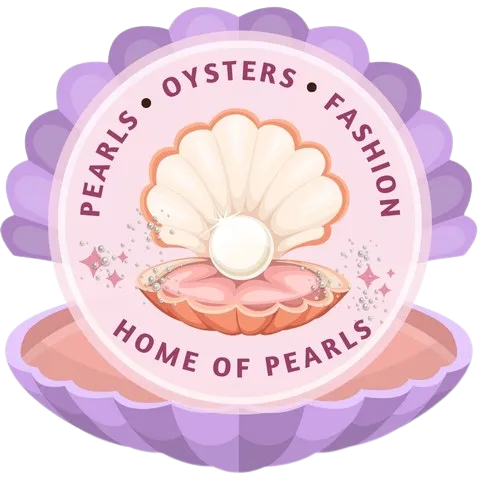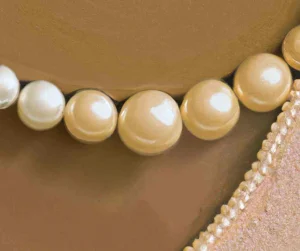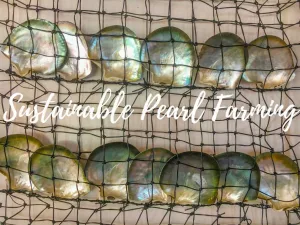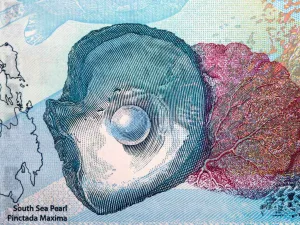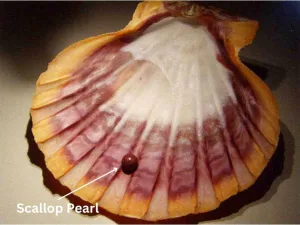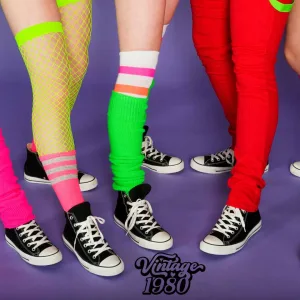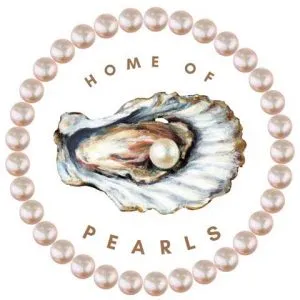Many people have heard about the Giga pearl, but not everyone knows what makes it so significant. In reality, the Giga pearl is indisputably one of the largest non-nacreous pearls in the world.
In fact, the Gemological Institute of America, or GIA, has certified this pearl as being the largest natural blister pearl in the world. While other pearls have claimed to have this title, the GIA has inspected and researched all of them, and the Giga pearl was found to be the legitimate winner of this title.
Where Did It Originate?
The pearl looks like a giant tooth and weighs around 60 pounds. Abraham Reyes is the owner of the Giga pearl, which came from a great aunt and was given to that aunt by Reyes’ grandfather. Actually, it wasn’t the pearl itself that was given to the lady; it was the clam it came in that was given to her, following Filipino customs. This clam, known as a Tridacna gigas, is known to be the largest type of clam, having the ability to grow up to 4.5 feet in many cases.
The clam that the Giga pearl came from is a type of clam that can reach up to around 550 pounds, and even hearing this number, it might still be difficult for you to imagine the true size of the clam. Indeed, this is one huge clam, so it isn’t difficult to understand why the pearl that resulted from it is large as well.
Typically, the Tridacna gigas clam is found in the eastern Indian Ocean and in the western part of the Pacific Ocean or from Thailand and western Australia to Micronesia.
More About the Owner—and the Pearl
The owner of the Giga pearl, Abraham Reyes, owns the pearl because it was passed down as a family heirloom. His aunt received it as a gift in 1959. The interesting thing is, until around 2018 or so, no one even knew what the pearl was. They simply knew it was a very large item of unknown origin! It ended up in Canada, where Mr. Reyes is from, and then it was sent to New York City. There, it was inspected by the GIA and certified to be a pearl that came from a rare giant clam.
Usually, a pearl is formed when a foreign object enters a clam, and the clam tries to defend itself against the foreign object by layering it with nacre. The Giga pearl is called a blister pearl because instead of the clam layering the foreign object with nacre, which is found in the mantle of the clam, it uses materials from the interior of the clam shell, and that’s what ends up being called a blister pearl.
However it was made, the experts who examined it in New York City believe that it took around 1,000 years for the Giga pearl to get to the size it is today.
The Giga pearl is currently making its way to various cities and countries and is being shown to the world. It sits in a beautiful bronze octopus-shaped sculpture that was designed by a New York artist, and the pearl is delicately wrapped in between its tentacles. It is indeed a beautiful piece of art, and the pearl itself is said to be worth up to $200 million.
To put the pearl’s size into perspective, the pearl weighs 60 pounds, while the next largest pearl in the world—the Pearl of Lao-Tzu, formerly called the Pearl of Allah—weighs around 14 pounds and is worth around $3.5 million. In addition to being 60 pounds in weight, the Giga pearl is around 15” x 9” x 8” in size.
It has a light pinkish tint and looks great surrounded by the bronze octopus statue. And if you think Mr. Reyes is ever going to be interested in selling it, think again. This is a family heirloom, after all, and while he is interested in sharing it with the world, he does not intend to sell it anytime soon.
Conclusion
The Giga pearl is the largest natural pearl in the world and is worth up to $200 million. It weighs around 60 pounds and is owned by Mr. Abraham Reyes of Canada. It is four times larger than the second-largest pearl and is considered a blister pearl, which isn’t nacreous like most other pearls.
This is a beautiful pearl, indeed, that has a gorgeous light-pink tint and is being displayed in a bronze statue shaped like an octopus.
The thing is, the Giga pearl is considered a family heirloom by Mr. Reyes, and therefore, it isn’t very likely to be sold anytime soon. He cares about the environment, among other things, and wishes to keep the pearl in the family so that it can be passed down again in the future.
